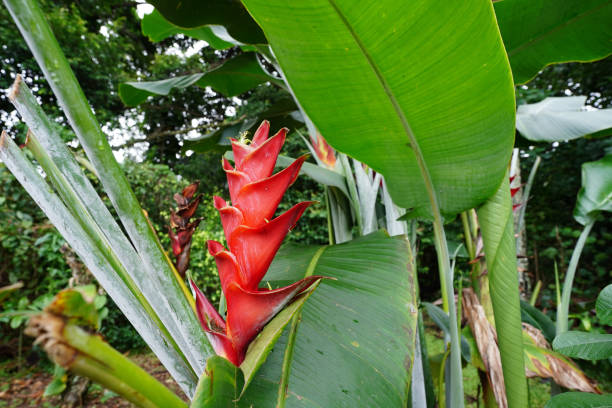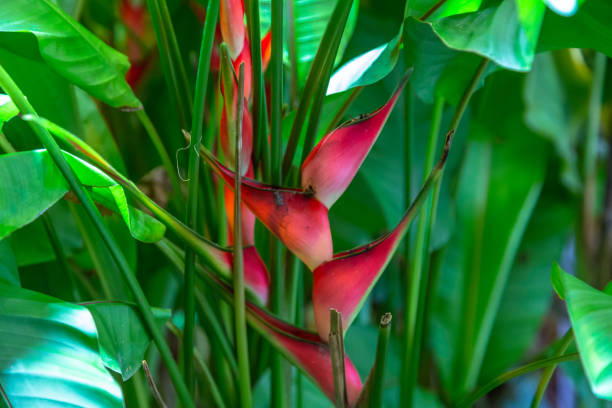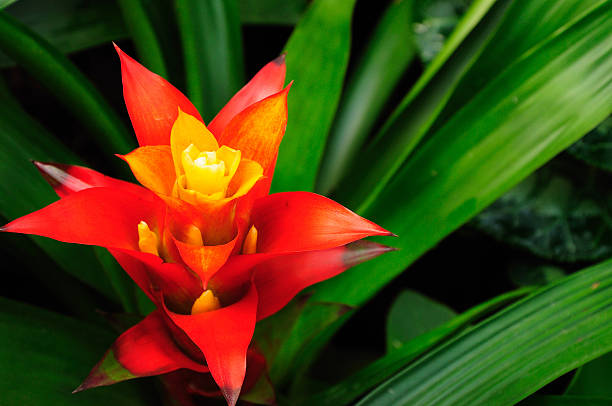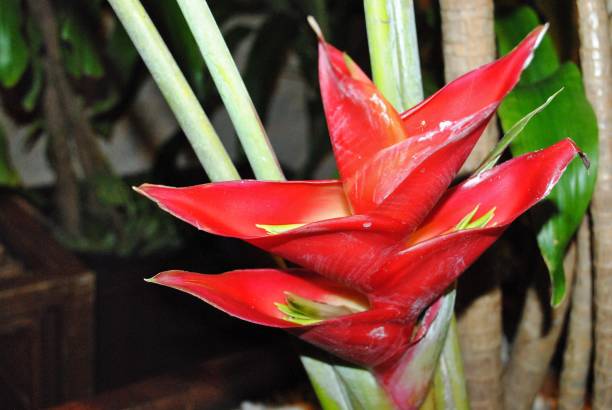These evergreen tropical native plants are one of the most interesting plants to cultivate for your garden. Here’s everything you need to know about the success of growing the heliconia plants.
Although they can be grown indoors as houseplants, these plants flourish easily when outdoors in your garden. With different variations, there’s a heliconia for everyone. With the right growing conditions, expect your heliconias to thrive well.

Image Credit: Pexels
Growing the Heliconia plants
If you’re growing heliconia for the first time, you’ll want to put it where it’s able to receive bright, indirect light. Though the ones grown outdoors will be able to tolerate some direct sun, houseplants may require more specialized care, hence its outdoor cultivation is preferred.
On top of selecting the right location, the soil choice is also vital for the plant’s growth. Heliconia plants perform best when planted in rich, nutrient-dense soil. You can achieve nutrient-rich soils through compost, worm castings and other amendments to improve the soil growth performance.

Image Credit: Unsplash
Because the plants are tropical natives, make sure they are kept consistently warm, with high humidity. These are essential for the plant’s health as you’ll be matching its tropical growing humidity. If grown indoors, routine misting or the use of water trays with containers may be especially useful. Watering well also helps maintain moisture needed by the heliconia.
You should water your heliconia weekly throughout the hottest months of the year, particularly for potted heliconias plants, which dry much more quickly. The use of irrigation or hoses is useful for garden-grown heliconias as these methods save you, the gardener time.
Maintaining your heliconia plants
Growing tropical plants in sub-tropical conditions can mean extra effort and care is required, but nothing overly strenuous. Knowing and checking for a few vital factors in your plant helps it thrive and flower better.
On top of watering, good location, good soil and fertilization, more issues may arise when growing these tropical plants. They should be pruned regularly and trimmed to maintain the desired size and shape. Trimming will help promote growth, keep the plants looking tidy, and may even help to prevent disease.

Image Credit: Unsplash
If the plant’s growth requirements are met, do expect clumps of evergreen leaves that flower with beautiful reddish to orange flowers.
ALSO SEE:
Feature Image: Unsplash


